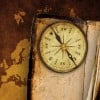The Checklist Diet
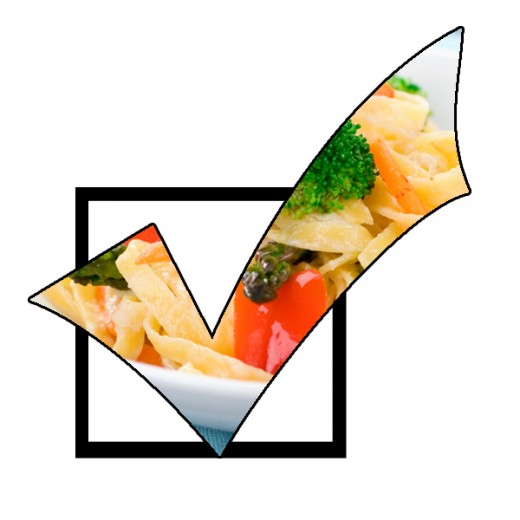
Before I begin, I just want to make it clear that I am not a dietitian or any sort of expert on fitness or healthy foods. The method that I’ve used to help myself lose weight wasn’t recommended to me by a doctor or a commercial. I actually got the idea from watching an episode of the Daily Show. The guest, Atul Gawande, had written a book, The Checklist Manifesto: How to Get Things Right, about how efficiency and accuracy goes up when people use checklists, since often times the simple steps can be forgotten.
During the past year my work schedule had me working most afternoons and nights, with little to no morning shifts. This created a change in my sleep schedule so that I was staying up, and getting up later. It was essentially the same as any work day, it was just shifted. However with the change I began to notice that my eating habits changed as well. Suddenly it was late at night and I was hungry; but in my mind I thought that I shouldn’t be hungry because of how late it was. What I didn’t realize was that because of my schedule change, I had eaten the equivalent of a breakfast and a lunch, but no dinner. I would then end up snacking on way more calories than I would have if I had just eaten a normal dinner at a later time. And that is essentially where this idea was born. In our hectic lives it’s easy to lose track of what we have and haven’t eaten. This is an easy way to keep tabs on it as well as be more aware of what you’re putting in your stomach.
(Please note: if a checklist diet already exists, which it probably does, I’m not trying to steal the idea and pass it off as my own. This was just a solution that I came up with on my own and if it is similar to other diets, then it is purely coincidental.)
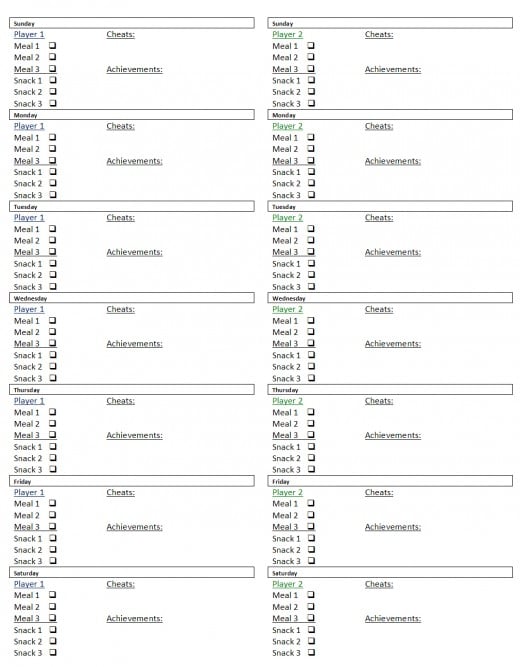
How it Works:
For each day of the week there are three boxes for meals and three boxes for snacks. But a handful of chips doesn’t count as a meal, so I created a loose set of rules which you’ll find below:
Each meal must be at least Seven (7) grams of protein.
In my struggles with managing hunger and weight, I’ve found that protein and fiber are your best friends. They fill you up faster and keep you full longer. A normal meal will usually be more than seven grams of protein, but you just want to make sure that the meal isn’t all carbohydrates. And there's no excuse for vegetarians. With high protein, high fiber plants sources, like black beans, whole grains, and nuts, you can get everything you need without even resorting to imitation meat products.
Tip: Bananas, peanuts, and apple sauce are all good ways to calm hunger.
Each snack can be no more than 200 calories.
When you think of it, this is actually a pretty generous amount of calories for a snack. If you’re on the 100-calorie-pack bandwagon, then that’s two of those little packets each time you snack. I’m assuming most dieticians would recommend less, but when I created this checklist, I was trying to be realistic, and also leave room for alterations. For example, the checklist itself doesn’t have the required calorie count listed on it so you could lower your snack requirements to 100 calories each, or just remove one of the boxes altogether, as you get better with your diet. Also, the rule for the snacks does not encompass things like sugar, fat, sodium, or carbohydrates which can all contribute to unstable weight. However trying to manage all of them at the same time will usually leave you with rice cakes 24/7. Like I said above, I’m trying to be realistic here. Don’t try to cut everything all at once.
Tip: Popcorn, fruits, vegetables, and whole grain cereals can make for some low impact snacks.
When you Cheat:
Cheating happens to everyone. It’s normal; and the important thing to do in that situation is to just keep going with your diet as if nothing happened. Don’t let one cheat derail all of your hard work. You aren’t a failure if you eat a piece of cake. And I’ve built in a system for this checklist diet that you can possibly save yourself from a guilt-filled night by incorporating some additional rules.
- When eating at a restaurant it always counts as one (1) meal and one (1) snack. We all know that restaurants serve dangerously salty, fatty, and sweet foods, but you’re kidding yourself if you think you won’t go out to eat anymore. Since most places don’t give you the nutrition information, just automatically count every restaurant visit as both a meal and a snack. This way you won’t be adding a 200 calorie snack on top of a 2000 calorie dinner.
- This applies to meals at the homes of friends and family as well. I know how it works. You’re home for the holidays and suddenly you’ve forgotten your diet as delicious food comes flying at you from every direction. Right after you eat, someone is already asking you if you’re hungry again. It’s the nature of family and friends, don’t bother fighting it. But for this reason, like the restaurant, every meal at family and friends’ houses will be counted as one meal and one snack. So if you’re having three meals at their house, then you’ve just had your three snacks as well. Only at home can you truly control how much you’re eating. In social situations, it’s futile to even try.
But if all else fails and you find that you’ve gone way beyond your allowed amounts for the day, then there is a section on the checklist for cheats. Here you will write down that second and third piece of cake you had, or the giant coke you drank at the movies. If you have the nutrition information then write down the amount of calories, fat, sodium, carbohydrates, and sugar in the cheat section. This method is all about awareness, and if you write down that you just ate 400 carbs it can be kind of jarring. When you aren’t keeping track of this stuff, it’s easy to just scarf down twelve rolls and not think anything of it.
Tip: When eating out, drink water instead of a flavored drink. Not only is it cheaper but it’s way better for you.
Tip: The Eat This Not That book series is a great tool for learning better decision making for food, they even have a book dedicated to restaurant survival.
Tip: Even though you can’t know the exact contents of your meal at a restaurant, in general try to avoid things like mayonnaise, creamy dressings, cheese, and breaded everything. Don’t feel too bad if you get one or the other, but you should probably feel ashamed if you’re eating a fried chicken burger with mayonnaise and cheese.
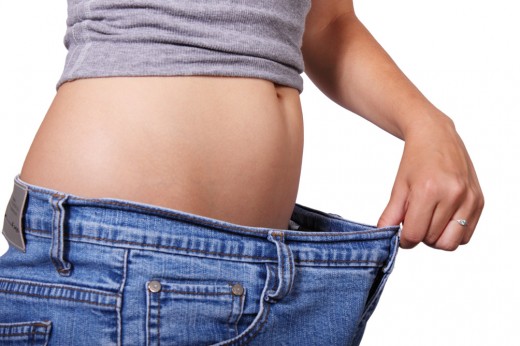
How to Get Ahead:
We all feel guilty when we cheat, but we should also have a way to feel good about ourselves when we get ahead (or at least a way to help cancel out some cheats). For this reason there is an achievements section of the checklist where you can put any of the following as above-and-beyond accomplishments:
- Exercising of any kind
- Eating fiber
- Eating vegetables and fruits
- Drinking more water
- Eating light, low sugar, low sodium, or low carb products
The checklist is meant to make you aware of and manage your food intake, but the achievement section is purely self congratulation. It means you’re willing to do more for your diet than just food control. So you should be proud if you can list some achievements.
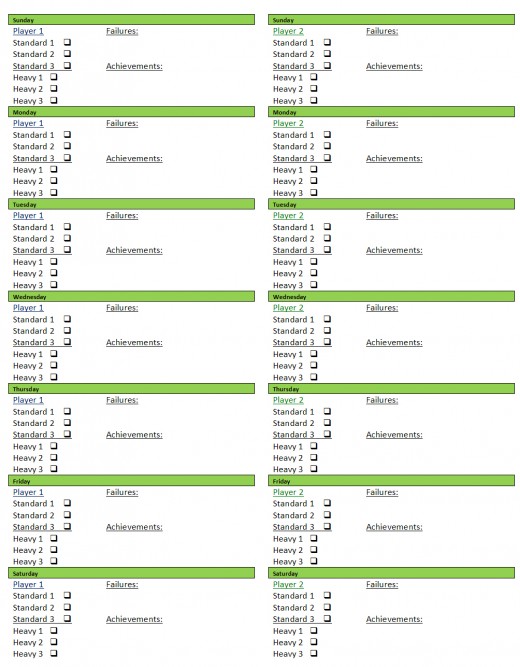
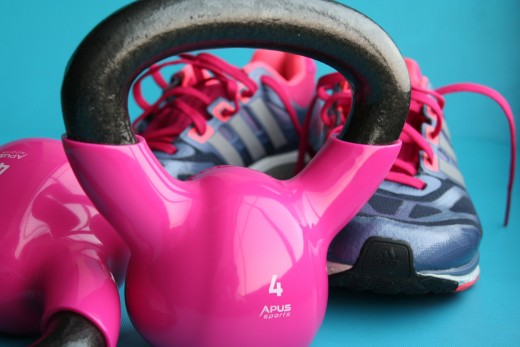
The Exercise Checklist (Optional):
If you’re a fan of the food checklist and you want to try harder to lose weight, then you might consider the Exercise Checklist as well. This one functions similarly to the food checklist with the following rules:
Three (3) Standard Activities per day, each one lasting up to an hour. These are tasks you would perform during a normal work or school day. These activities don’t necessarily wind you, or make you break a sweat but they will help you feel tired by the end of the day. Some examples of standard activities are listed below:
- Walking around the store/mall.
- Cleaning the house
- Going to Work or School
Three (3) Heavy Activities per day, each one lasting up to fifteen (15) minutes. These are activities that you go out of your way to perform. Things that wind you and make you break a sweat for a specific amount of time. Unlike the food checklist, however, even checking off one is a very good thing. Some examples of heavy exercise are listed below:
- Going up and down stars, or using a stepper
- Wii Fit (this one can be a lot of fun)
- Fitness Center
- Extended walk or jog
If you do not perform any standard or heavy activities for the day, then you will need to explain what you did that was more important than the exercise and why it was more important. These would be listed under the ‘failures’ section.
You can get ahead by combining exercises. For example, if you perform a 30 minute heavy activity, then you can check off two boxes for the day. Or if you spend two hours doing a Standard activity then you can check off two of those boxes.
Also, since anaerobic exercise is not listed as its own category, it can be used as a means to get ahead. This would include sit ups, crunches, push ups, squats, and weightlifting, just to name a few.
Conclusion
No one can force you to do this diet, nor can anyone really hold you accountable, especially if you’re doing it alone. So in theory, you could lie and say you only had three meals when you really had four. Or you could check off all of your exercises to look better on paper; but ultimately that does absolutely nothing for your health or weight loss. Only you can hold yourself accountable and you’re doing it for your own benefit; don’t look at it as a punishment for eating poorly and instead look at it as an achievement. Like learning something new or helping out a friend. You’re doing this for a good reason, so don’t look angrily at the checklist each time you walk past the refrigerator. It won’t ever force you to do anything; it just tells the truth about what you have and haven’t done.
